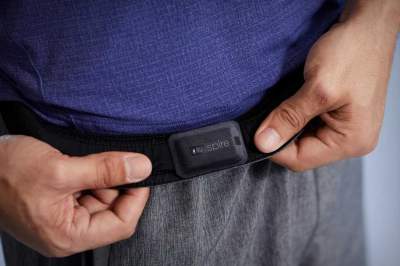 The developers of the company Spire introduced a new miniature biosensor that can be attached directly into clothes.
The developers of the company Spire introduced a new miniature biosensor that can be attached directly into clothes.
Various fitness trackers and other biosensors are becoming more popular. However, many of these devices have one drawback: they are uncomfortable to wear. To fix this problem, the developers of the company Spire introduced a new miniature biosensor that can measure the basic parameters of the body of the user in real time. But the most important thing is that new tracker can be fastened to clothing, it will not cause any discomfort to the owner.
The device is called Spire Health Tag. According to the creators, is the world’s smallest personal microsensors for measurement of parameters of the body, which can be attached to clothing and does not require recharging. It is worth noting that the gadget does not need to remove from clothing – it has a very long lifetime on a single battery charge and withstands washing in the washing machine.
Jonathan Palli, founder of Spire, said that the new biosensor collects about 20 billion data per day. It continuously monitors user activity, the frequency of his heart rate, evaluate heart rate variability and respiration. In addition to these data, Spire Health Tag is able to monitor a user’s sleep and determine when he is stressed.
The first tracker company Tracker Spire sold around the world, with around 8 million dollars. It was during the work on the first device developers realized that people don’t like to wear uncomfortable devices that constantly require charging. Now the company has already started the implementation of sensor Tag Health at a price of $ 99.
© 2017 – 2019, paradox. All rights reserved.





